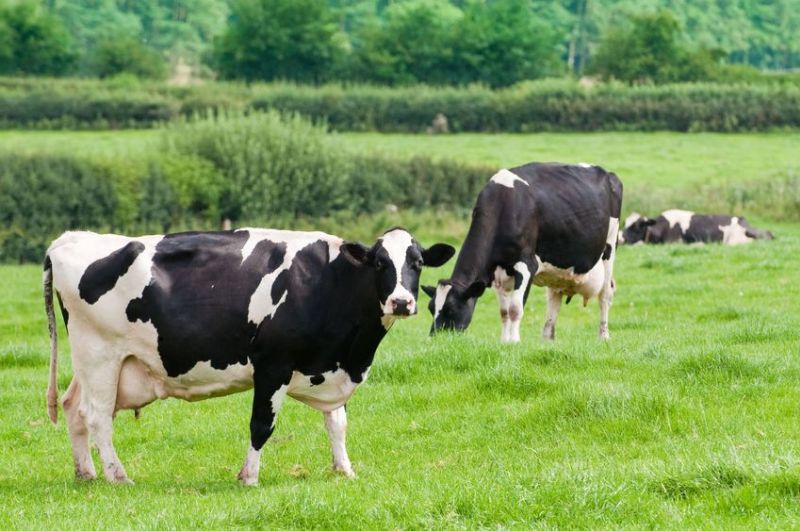
Global milk supplies look set to tighten this year as the pressure on farmer margins in the US has led to lower than normal growth, while the EU is limited by a smaller dairy herd.
The increase in global production for 2019 has been lowered from 0.9% to 0.3% (+900 million litres), according to AHDB Dairy.
It comes as world consumption of fresh dairy products is expected to increase by 1.8%.
The impact of last year’s drought continued to hang over EU milk production in the first two months of this year.
This led to a fall in milk production compared to last year. However, strong growth in supplies during March compensated for the disappointing start to the year.
Overall during Q1, EU milk supplies was up by 0.3% (+ 130M litres) compared to last year.
Growth in EU milk production for 2019 is expected to be relatively modest at 0.7%, around 1 billion litres.
However, production growth could be restricted as the size of the EU milking herd has fallen by 1.6% (-374,000 head) on the year due to of higher culling rates.
Lower prices in US and weather issues in NZ
In the US, growth in milk supplies is expected to slow down. Historically, US milk production has increased between 1-2% every year.
A prolonged period of lower prices has put farmers under pressure, which has led to higher culling and producer exit rates.
As such, the USDA expect that milk production will only grow marginally this year at 0.5% (+ 500M litres).
In the southern hemisphere, weather issues have impacted on milk production. In New Zealand, drought has hampered milk production.
In March, production was down 8% on the year. It is unlikely that production in 2H 2019 will be able to match the highs of last year, and so it is expected that milk production for 2019 will remain relatively flat.
Austria is severely impacted
In Australia, production has been more severally impacted, with a prolonged drought affecting yields and putting strain on farmer margins.
Q1 milk production was down 11% on the year. Culling rates remain high and many dairy producers are drying cows off early due to feed shortages as the season comes to a close. Production is expected to fall by 1% in 2019.
Argentinean milk production fell by 8% during Q1 as heat stress affected yields. Though there has been some recovery in the milk price rising input costs are eroding margins.
Some recovery in production levels is expected in the second half of the year as a good grains harvest will help to ease the pressure on margins, assuming stable weather.
Though there is a high level of uncertainty over where how Argentinean production will progress throughout the year, we expect that there will be a year-on-year decline in the region of around -5%.
